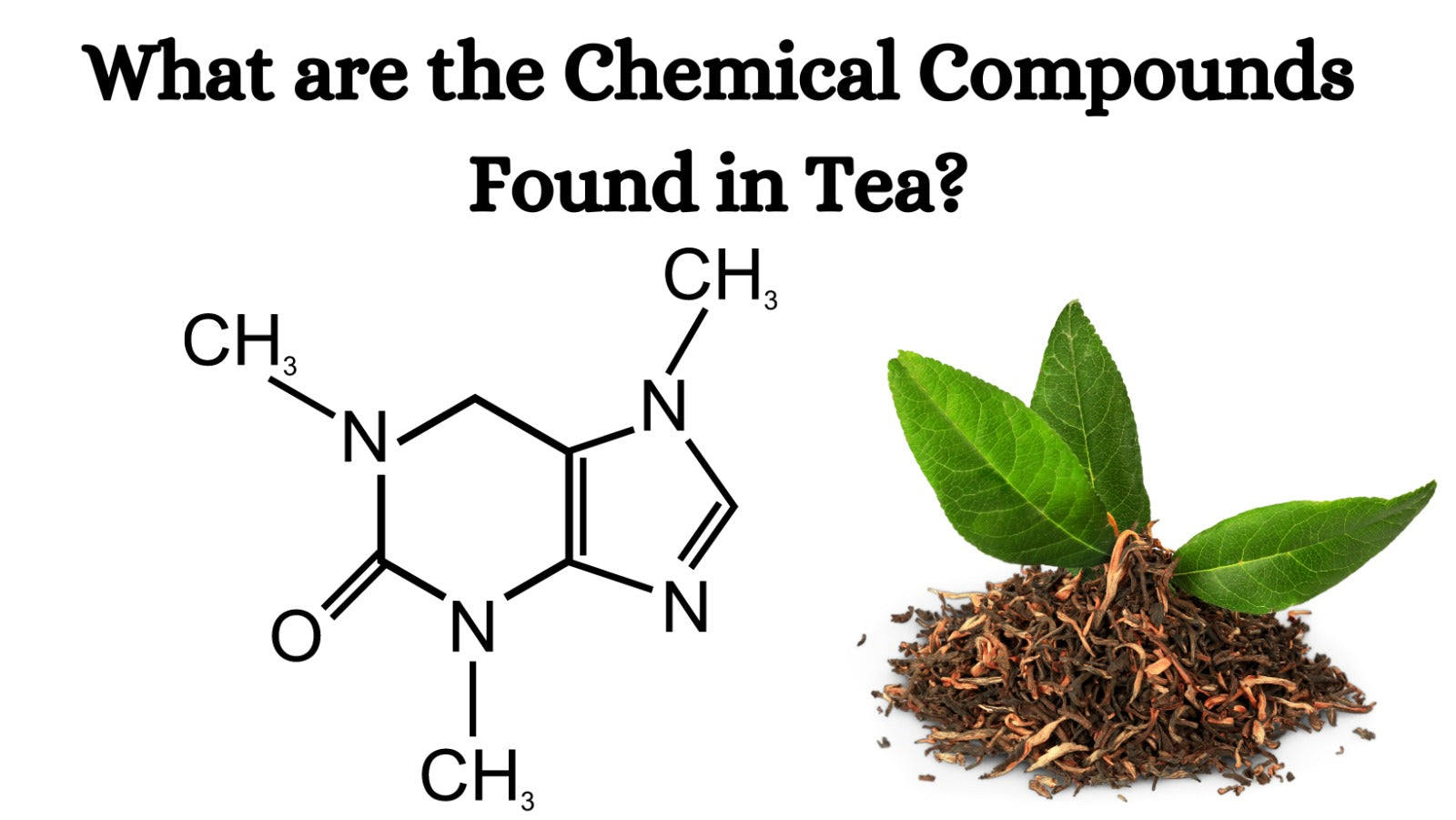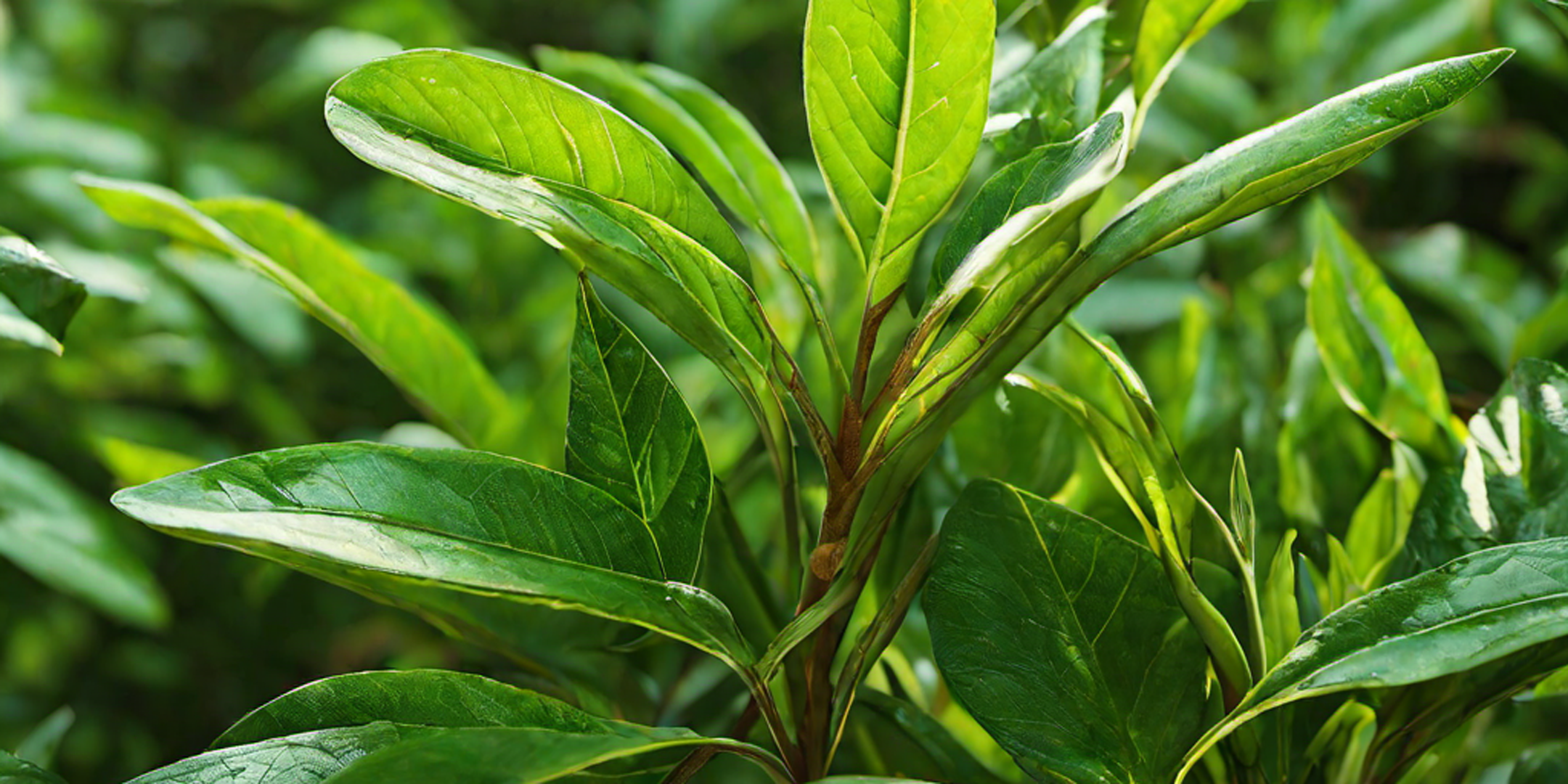Is your green tea tasting bitter or bland? Don't worry, you're not alone. There are several reasons why your green tea may not have the smooth and refreshing flavor you expect. But fear not, there are simple fixes that can turn your unsavory sip into a delightful drink.
In this article, we will explore the top reasons why your green tea tastes bad and provide effective solutions to help you overcome these issues. From improper brewing techniques to low-quality tea leaves, we'll uncover the factors that may be sabotaging your tea experience. Whether you're a green tea enthusiast or just starting to explore this healthy beverage, this guide will equip you with the knowledge to enhance your tea-drinking pleasure.
So, say goodbye to that bitter aftertaste and learn how to make every cup of green tea a wonderfully aromatic and delicious experience. Don't let a bad cup of tea spoil your love for this ancient and soothing drink. Let's dive in and discover the secrets to perfect green tea brewing.
Common Reasons Why Green Tea Tastes Bad
Oversteeping the Tea Leaves
One of the most common reasons why your green tea may taste bitter is oversteeping. Green tea leaves are delicate and should not be steeped for too long. When tea leaves are left in hot water for an extended period, they can release excessive amounts of tannins, which are responsible for the bitter taste.
To avoid oversteeping, follow the recommended steeping time for your specific green tea variety. Generally, green tea should be steeped for 1 to 3 minutes, depending on the type. If you prefer a milder flavor, opt for a shorter steeping time. Furthermore, avoid using boiling water as it may extract excessive tannins from the leaves. Instead, aim for water temperatures between 160°F and 180°F (70°C to 82°C) for a smoother and more enjoyable cup of green tea.
Using Water That Is Too Hot
Another factor that can contribute to a bitter or unpleasant taste in your green tea is using water that is too hot. When water is too hot, it can scorch the delicate tea leaves, resulting in a harsh flavor profile. Additionally, high temperatures can also cause the release of tannins, which can make your tea taste bitter.
To ensure the perfect water temperature for brewing green tea, invest in a thermometer or use a variable temperature kettle. The ideal temperature range for green tea is between 160°F and 180°F (70°C to 82°C). By using water within this range, you can extract the flavors from the tea leaves without overpowering your cup with bitterness.
Low-Quality Tea Leaves
The quality of your tea leaves plays a significant role in the taste of your green tea. If you find that your tea tastes bland or lacks complexity, it could be due to low-quality tea leaves. Inferior tea leaves, such as those that have been poorly processed or are past their prime, may not have the vibrant flavors and aromas that high-quality green tea offers.
To ensure a superior tea-drinking experience, opt for high-quality loose-leaf green tea from reputable sources. Seek out tea leaves that boast vibrant colors and emit a fresh aroma to ensure optimal flavor and quality. Avoid tea bags, as they often contain lower-grade tea leaves and may not provide the same level of flavor and aroma as loose-leaf tea. By choosing high-quality tea leaves, you can elevate your green tea experience and enjoy the true essence of this delightful beverage.
Storing Green Tea Improperly
How you store your green tea can greatly impact its taste and freshness. Improper storage conditions can cause tea leaves to absorb moisture, lose their flavor, and become stale. Exposure to light, heat, air, and strong odors can also negatively affect the taste and aroma of your green tea.
To keep your green tea fresh and flavorful, store it in an airtight container away from direct sunlight and strong odors. Avoid using clear containers, as they allow light to penetrate and degrade the tea leaves. Instead, opt for opaque or dark-colored containers that will protect the tea from light exposure. Additionally, store your tea in a cool and dry place, away from any sources of heat or humidity. By following these storage guidelines, you can preserve the freshness and taste of your green tea for a longer period.
Adding the Wrong Additives or Sweeteners
While it may be tempting to add sweeteners or other additives to enhance the taste of your green tea, it can often lead to a less-than-pleasant flavor profile. Green tea is known for its delicate and nuanced flavors, which can be easily overshadowed by the addition of sweeteners or other strong-tasting ingredients.
To fully appreciate the natural flavors of green tea, it's best to enjoy it plain or with a squeeze of lemon for a refreshing twist. However, if you prefer a sweeter cup of tea, opt for natural sweeteners like honey or stevia, which will complement the flavors of green tea without overpowering them. Avoid using artificial sweeteners or excessive amounts of sugar, as they can mask the delicate flavors and make your tea taste unpleasant.
How to Fix the Taste of Your Green Tea
Now that we've identified the common reasons why your green tea may taste bad, let's explore some effective solutions to fix the taste and ensure a delightful tea-drinking experience.
Adjust the Steeping Time
If your green tea tastes bitter, the first step is to adjust the steeping time. Try adjusting your steeping times to achieve the ideal flavor according to your taste preferences. Start with 1 minute and gradually increase the time until you achieve the desired flavor profile. Remember, green tea should be steeped for no more than 3 minutes to avoid extracting excessive tannins.
Lower the Water Temperature
If your green tea is too bitter or harsh, try lowering the water temperature. Opt for water between 160°F and 180°F (70°C to 82°C) to achieve a milder and smoother cup of tea. Using water within this temperature range will help prevent the release of excessive tannins and ensure a more enjoyable tea-drinking experience.
Upgrade to High-Quality Tea Leaves
To enhance the taste of your green tea, consider upgrading to high-quality loose-leaf tea leaves. Look for teas that are sourced from reputable producers and offer a wide range of flavors and aromas. By using high-quality tea leaves, you can unlock the full potential of green tea and enjoy a more satisfying cup every time.
Store Green Tea Properly
Correct storage methods play a crucial role in preserving the freshness and flavor of your green tea. Ensure that your tea is stored in an airtight container away from light, heat, and strong odors. Follow the storage guidelines mentioned earlier to preserve the quality of your tea and prevent it from becoming stale or losing its flavors.
Avoid Adding Sweeteners and Additives
To fully appreciate the delicate flavors of green tea, avoid adding sweeteners or other strong-tasting additives. Instead, enjoy your green tea plain or experiment with natural sweeteners like honey or stevia, which will complement the flavors without overpowering them. This will allow you to savor the true essence of green tea and experience its subtle complexities.
Additional Tips for Brewing the Perfect Cup of Green Tea
To further enhance your green tea experience, here are some additional tips for brewing the perfect cup:
- Opt for filtered water to guarantee a clean and pure taste in your tea.
- Preheat your teapot or cup to prevent heat loss during steeping.
- Use the recommended amount of tea leaves for the desired strength.
- Consider using a tea infuser or strainer to prevent leaves from entering your cup.
- Experiment with different green tea varieties to discover your personal preferences.
- Take the time to savor and appreciate the aroma and flavors of your tea.
By following these tips and implementing the solutions mentioned earlier, you can enjoy a consistently delicious and satisfying cup of green tea.
Conclusion
Don't let a bad cup of green tea discourage you from enjoying this ancient and soothing beverage. By understanding the common reasons why your green tea may taste bad and implementing the solutions provided, you can transform your tea-drinking experience into a delightful ritual. From adjusting the steeping time and water temperature to using high-quality tea leaves and storing them properly, each step plays a crucial role in ensuring the perfect cup of green tea. So, say goodbye to that bitter aftertaste and embrace the wonderful flavors and aromas that green tea has to offer. Cheers to a more enjoyable tea-drinking journey!




